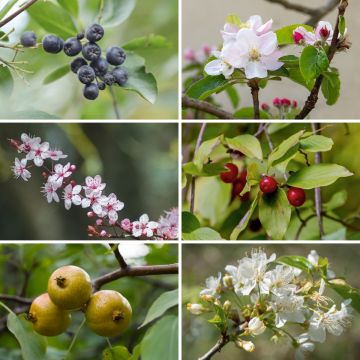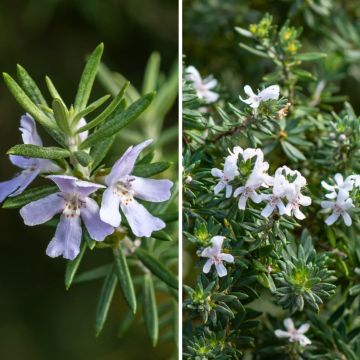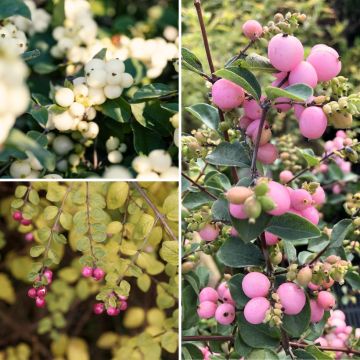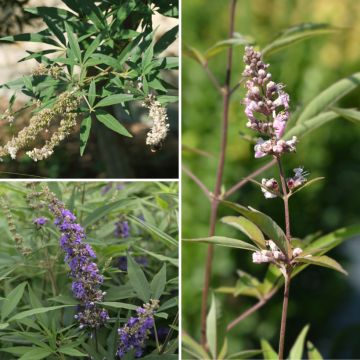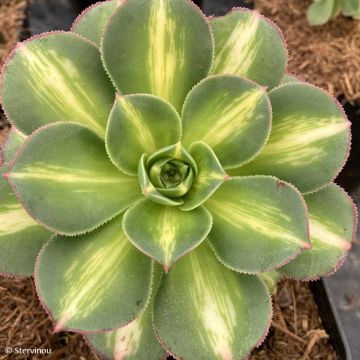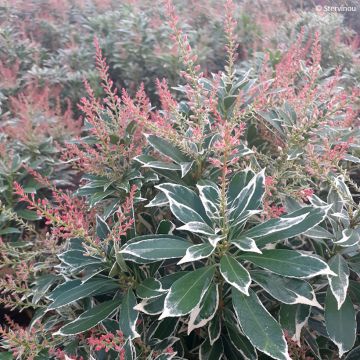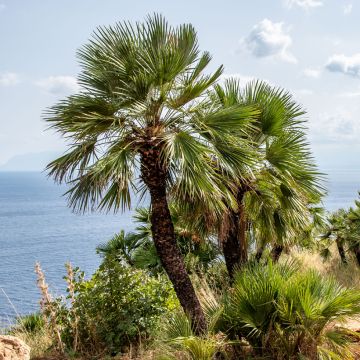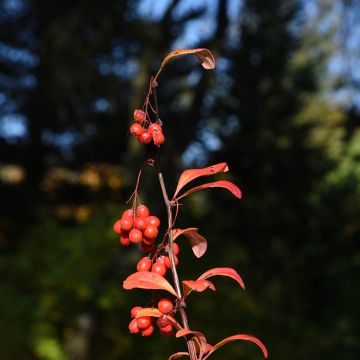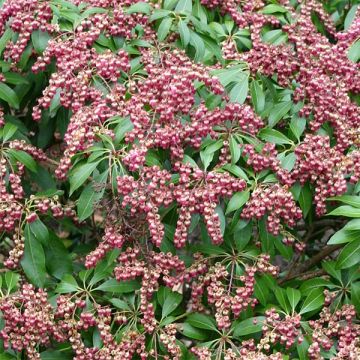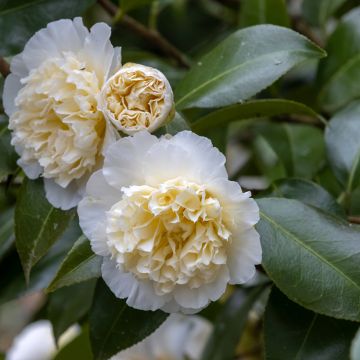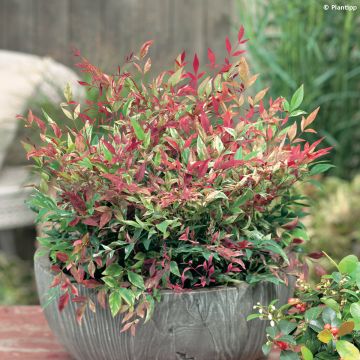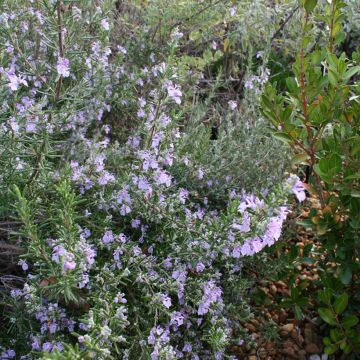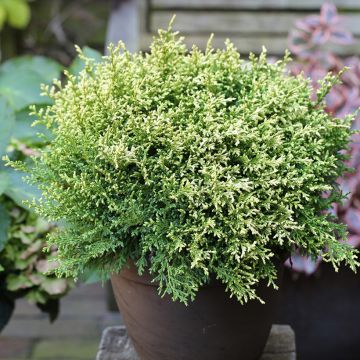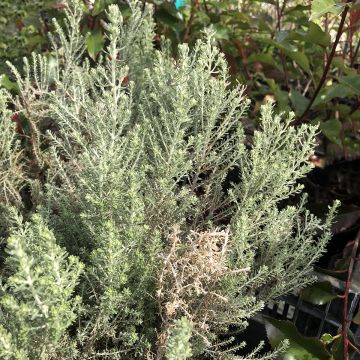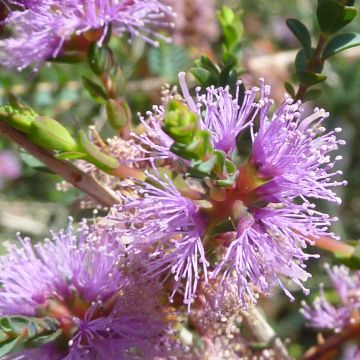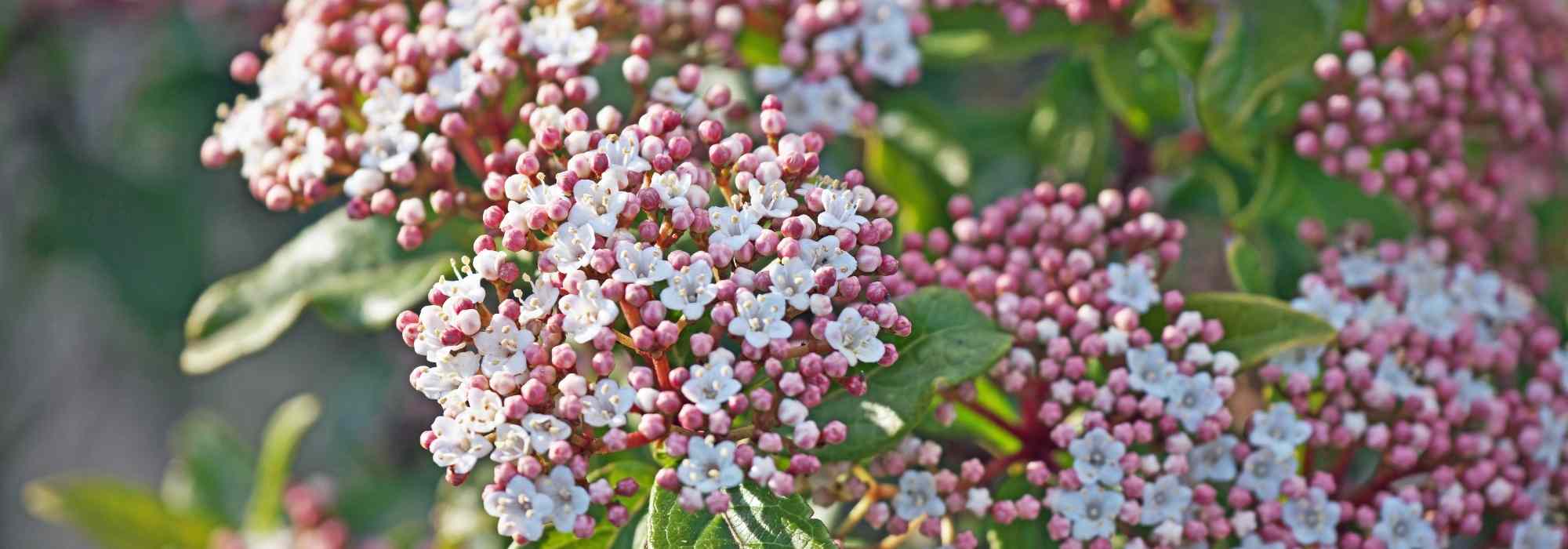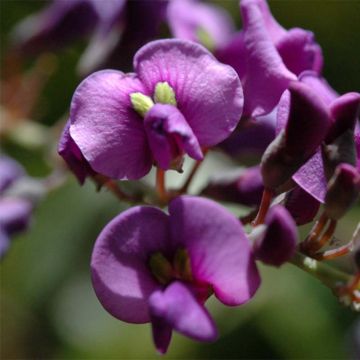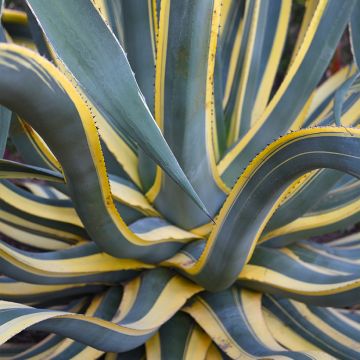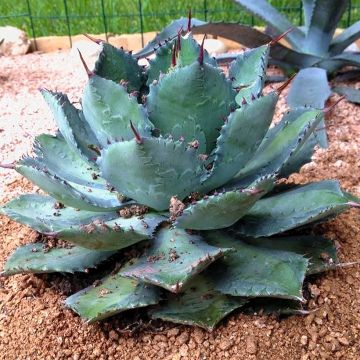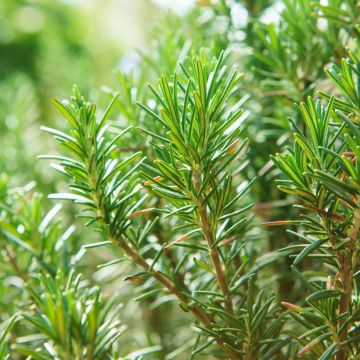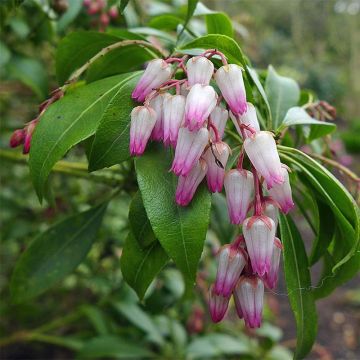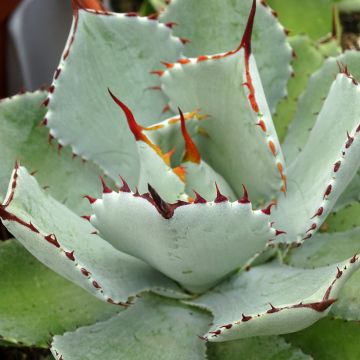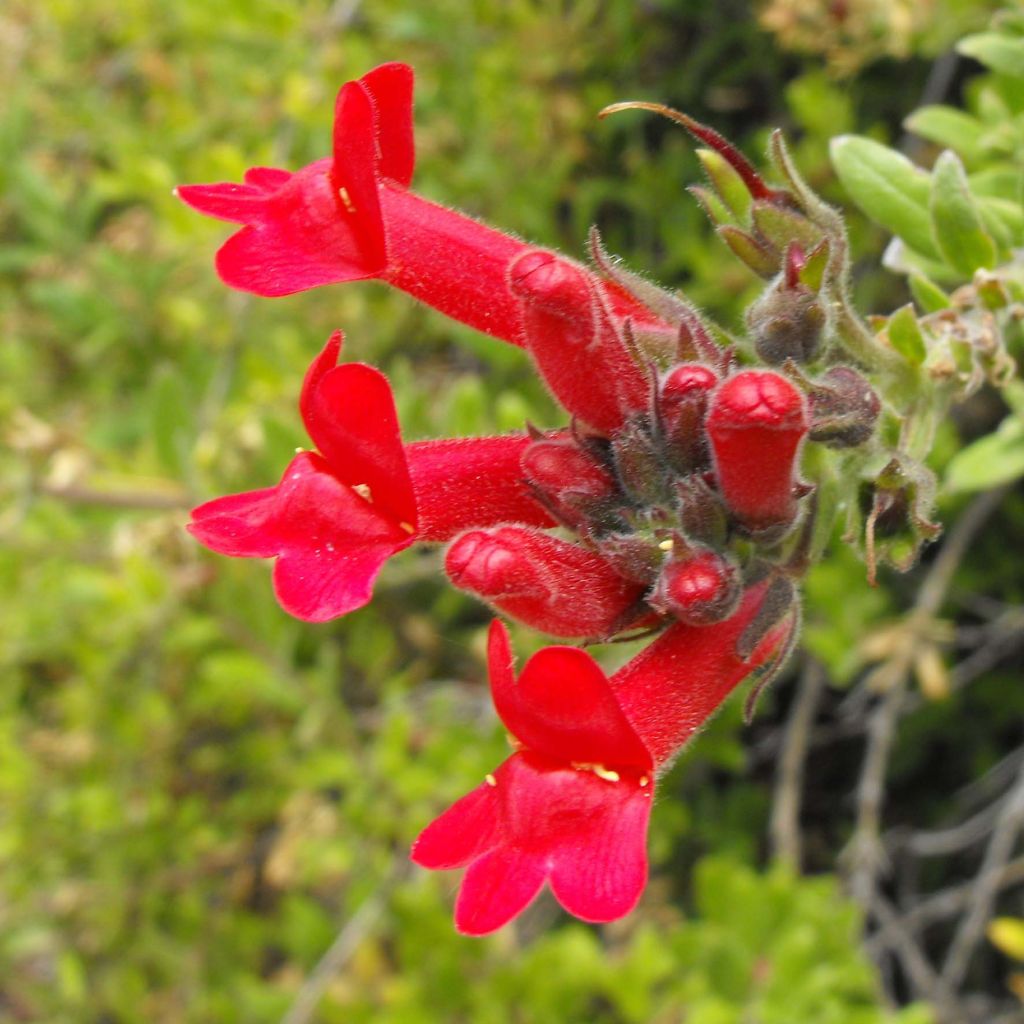

Galvezia speciosa
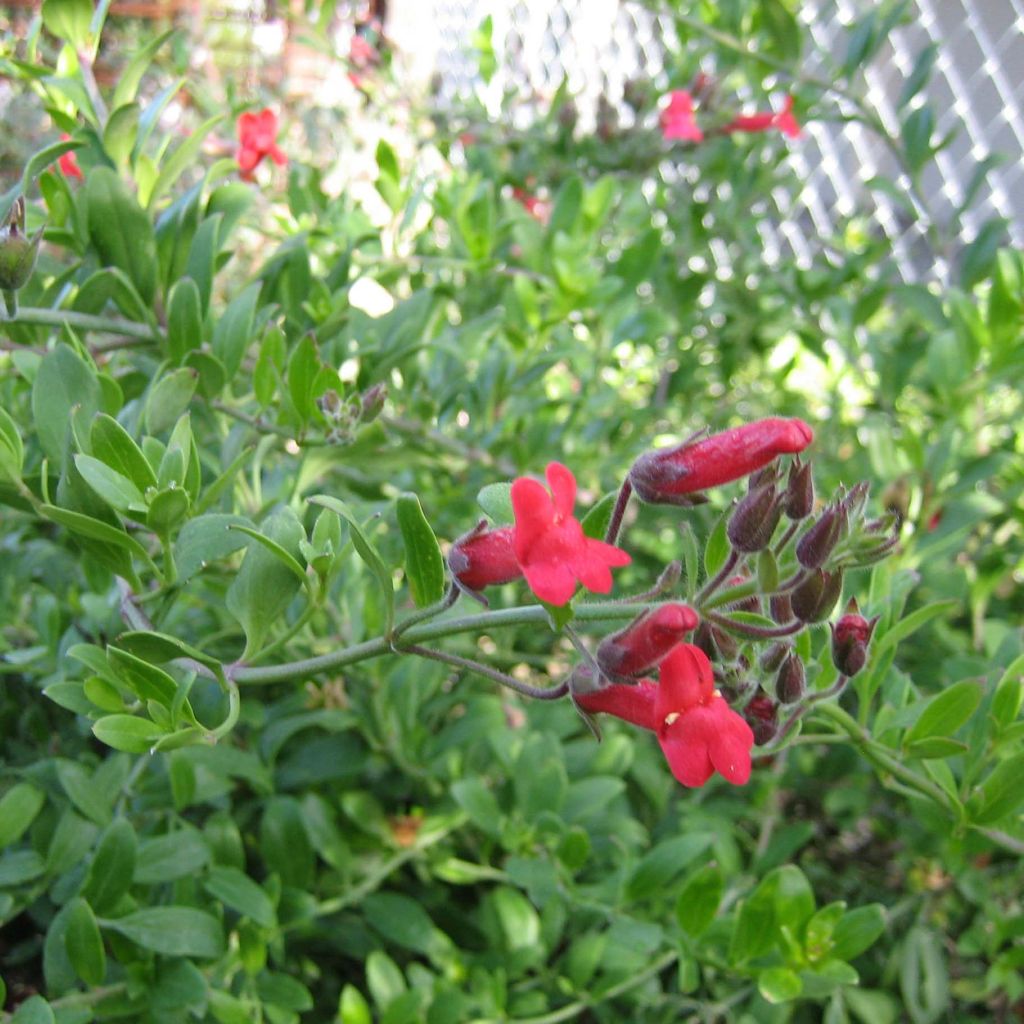

Galvezia speciosa
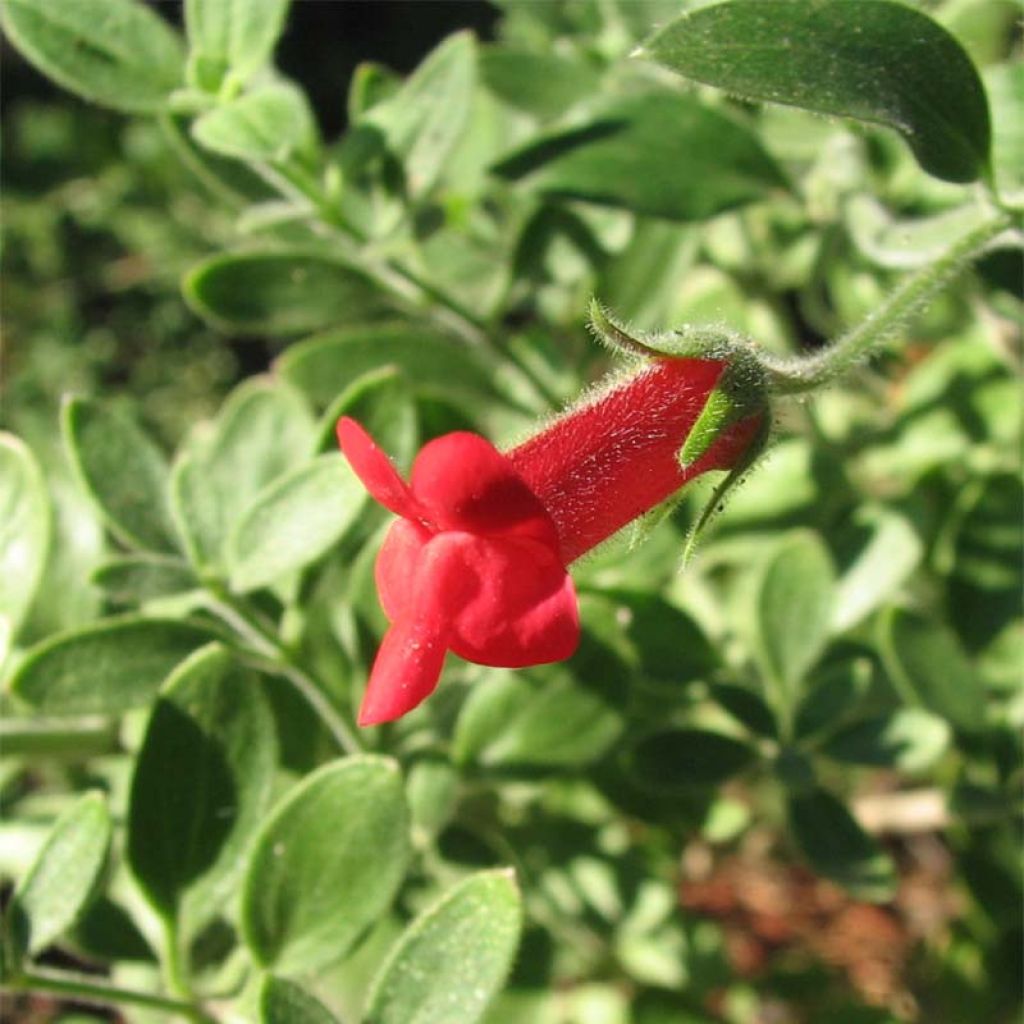

Galvezia speciosa
Galvezia speciosa
Galvezia speciosa
Island Snapdragon, Showy Island Snapdragon
I love them! 2 potted plants that are superb, on the terrace. A bit in the shade of the parasol during the hot hours, otherwise full sun.
Madeline , 23/07/2019
Special offer!
Receive a €20 voucher for any order over €90 (excluding delivery costs, credit notes, and plastic-free options)!
1- Add your favorite plants to your cart.
2- Once you have reached €90, confirm your order (you can even choose the delivery date!).
3- As soon as your order is shipped, you will receive an email containing your voucher code, valid for 3 months (90 days).
Your voucher is unique and can only be used once, for any order with a minimum value of €20, excluding delivery costs.
Can be combined with other current offers, non-divisible and non-refundable.
Why not try an alternative variety in stock?
View all →This plant carries a 24 months recovery warranty
More information
We guarantee the quality of our plants for a full growing cycle, and will replace at our expense any plant that fails to recover under normal climatic and planting conditions.
Would this plant suit my garden?
Set up your Plantfit profile →
Description
Galvezia or Gambelia speciosa is often called Bush Island Snapdragon or Island Snapdragon. It is indeed an evergreen shrub with a variable appearance, resembling a large snapdragon, both in its small bright green leaves and its small pink-red flowers similar to the small mouths of our perennial snapdragons. It is capable of forming a large bush of over 2 m (6 ft 7 in) in all directions in a sheltered position, while adopting a prostrate or even creeping habit if exposed to strong winds and sea spray. It is an original plant, remarkably floriferous and a great source of nectar, not demanding in terms of water and highly decorative for a coastal garden. If it is still little known and little used, it is undoubtedly due to its (very) low hardiness which does not exceed -6 °C (21.2 °F). It also grows very well in a large pot, which allows it to be protected from severe frost.
Galvezia speciosa is an evergreen shrub from the Scrophulariaceae family, just like buddleias, Paulownia or digitalis. In its country of origin, the Channel Islands off the southern coast of California, it is found anchored in the rocky walls of the canyons, facing the Pacific Ocean. This evergreen shrub will reach, depending on its environment, 40 cm (15.7 in) to 2.5 m (8 ft 2 in) in height and 1 to 2 m (3 ft 4 in to 6 ft 7 in) in spread. Its vegetation is very ramified, dense and composed of numerous thin stems, with small oval to rounded leaves, bright green in colour, and covered with hairs. If the plant grows by the sea, its foliage will trap the salt in the air, taking on a more grey or white colour. It grows quite rapidly and flowers continuously from May to September-October in a well-watered oceanic climate or in moist soil. In milder climates or in a greenhouse, it can flower all year round! Its small, tubular, bright red-pink flowers attract many pollinating insects.
Galvezia speciosa is not difficult to grow: it is not demanding in terms of soil type and will thrive in sandy soil by the sea as well as in rocky or clayey soil inland. It withstands summer drought well, but its flowering will be more abundant and its appearance improved with some watering in summer. It naturally fits into a raised bed or rockery, alongside rosemary, Westringia fruticosa, cistus, lavender or blue shrubby salvias for colour contrast. In soil that is not too dry, it can be combined with Gomphostigma virgatum White Candy and Leptospermum Martinii, for example. While it prefers a very sunny exposure on milder coasts, this shrub seems to prefer partial shade in hot and dry climates. It is not difficult to grow in pots, as long as the drainage at the bottom of the pot is well taken care of and watering is monitored in summer. Its spikes of small bright red flowers are wonderful in country bouquets!
Report an error about the product description
Galvezia speciosa in pictures
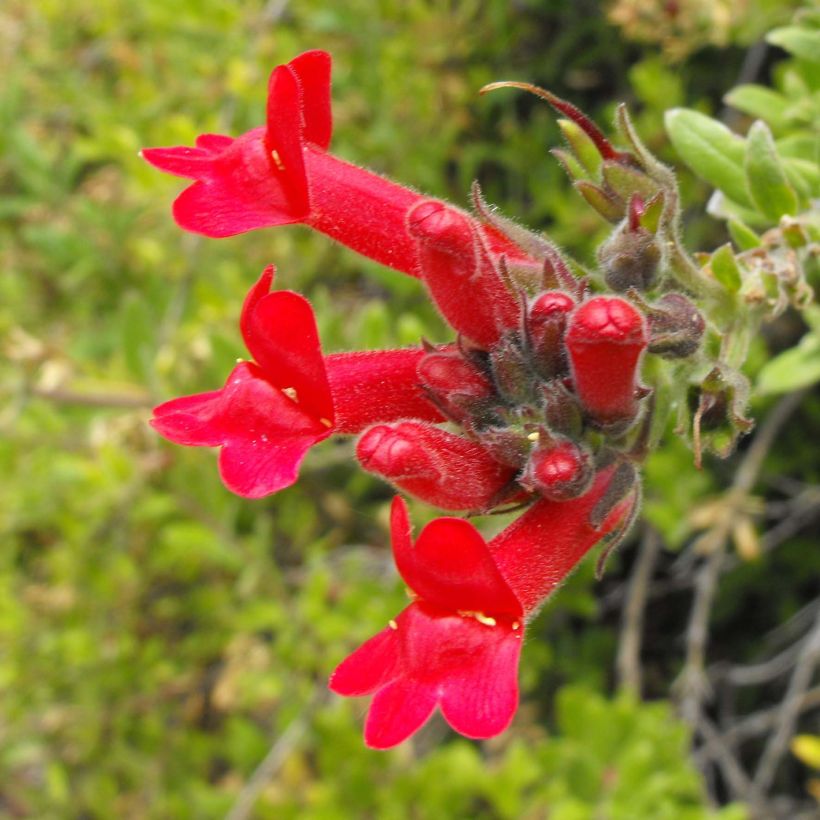

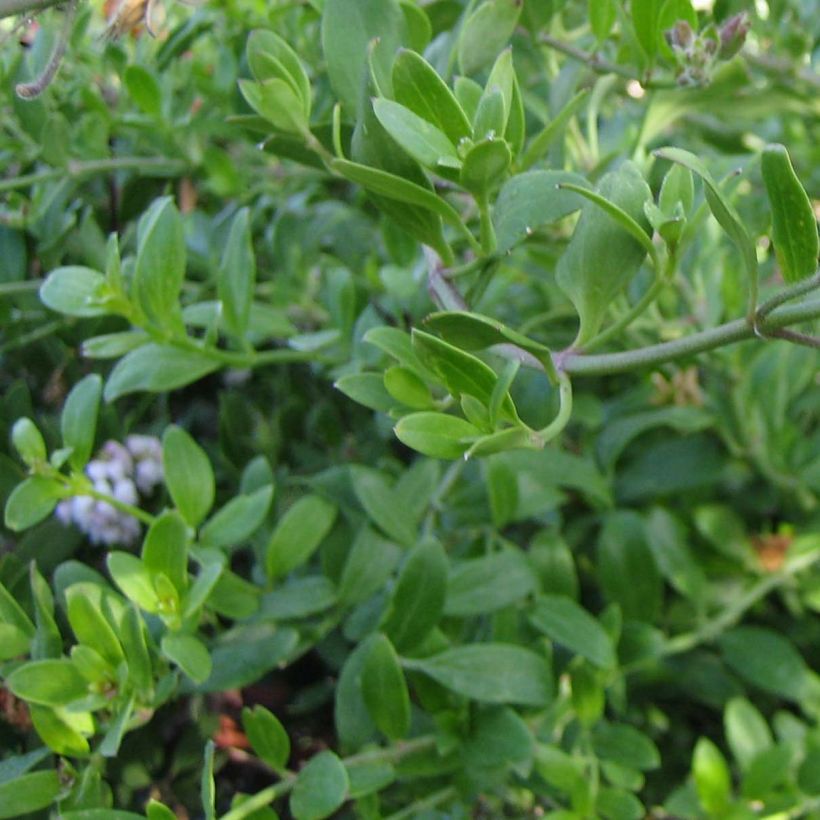

Plant habit
Flowering
Foliage
Botanical data
Galvezia
speciosa
Scrophulariaceae
Island Snapdragon, Showy Island Snapdragon
North America
Other Shrubs A to Z
View all →Planting and care
Galvezia speciosa is easy to cultivate, as it is a plant that is not very demanding in terms of soil type. It accepts sandy, clayey, rocky, slightly acidic, neutral, or slightly chalky soils. Its only weakness lies in its hardiness, which does not exceed -5 °C (23 °F) in well-drained soil. However, if the foliage and aerial parts are affected by the cold, the stump is capable of regrowing in spring, if it has been protected by a thick mulch in winter or winter cover. It appreciates very sunny places when it grows close to the sea or ocean, which naturally moderate the heat, as well as along more temperate oceanic coasts. Plant it in spring or early autumn in very mild climates, in ordinary soil and even soil that is slightly chalky and poor, but well worked, enriched with leaf compost and coarse sand to ensure good drainage. Once well established, the plant can withstand periods of drought, which will, however, slightly affect its flowering and overall appearance. This shrub has no significant enemies. Pruning in late winter or early spring helps shape the habit, promote branching of the plant, and increase its flowering.
Cultivation in pots:
The Galvezia speciosa prefers partial shade. Water deeply once every 8 or 15 days depending on the intensity of the heat. It appreciates slow-release fertilizer and compost, which should be applied to the surface every year in spring. Protect it from the rigors of winter by storing it in a cool, bright place or a cold greenhouse.
Propagation: easy by propagation by cuttings of semi-woody stems taken during the growth period.
Planting period
Intended location
Care
Planting & care advice
-
, onOrder confirmed
Reply from on Promesse de fleurs
Similar products
Haven't found what you were looking for?
Hardiness is the lowest winter temperature a plant can endure without suffering serious damage or even dying. However, hardiness is affected by location (a sheltered area, such as a patio), protection (winter cover) and soil type (hardiness is improved by well-drained soil).

Photo Sharing Terms & Conditions
In order to encourage gardeners to interact and share their experiences, Promesse de fleurs offers various media enabling content to be uploaded onto its Site - in particular via the ‘Photo sharing’ module.
The User agrees to refrain from:
- Posting any content that is illegal, prejudicial, insulting, racist, inciteful to hatred, revisionist, contrary to public decency, that infringes on privacy or on the privacy rights of third parties, in particular the publicity rights of persons and goods, intellectual property rights, or the right to privacy.
- Submitting content on behalf of a third party;
- Impersonate the identity of a third party and/or publish any personal information about a third party;
In general, the User undertakes to refrain from any unethical behaviour.
All Content (in particular text, comments, files, images, photos, videos, creative works, etc.), which may be subject to property or intellectual property rights, image or other private rights, shall remain the property of the User, subject to the limited rights granted by the terms of the licence granted by Promesse de fleurs as stated below. Users are at liberty to publish or not to publish such Content on the Site, notably via the ‘Photo Sharing’ facility, and accept that this Content shall be made public and freely accessible, notably on the Internet.
Users further acknowledge, undertake to have ,and guarantee that they hold all necessary rights and permissions to publish such material on the Site, in particular with regard to the legislation in force pertaining to any privacy, property, intellectual property, image, or contractual rights, or rights of any other nature. By publishing such Content on the Site, Users acknowledge accepting full liability as publishers of the Content within the meaning of the law, and grant Promesse de fleurs, free of charge, an inclusive, worldwide licence for the said Content for the entire duration of its publication, including all reproduction, representation, up/downloading, displaying, performing, transmission, and storage rights.
Users also grant permission for their name to be linked to the Content and accept that this link may not always be made available.
By engaging in posting material, Users consent to their Content becoming automatically accessible on the Internet, in particular on other sites and/or blogs and/or web pages of the Promesse de fleurs site, including in particular social pages and the Promesse de fleurs catalogue.
Users may secure the removal of entrusted content free of charge by issuing a simple request via our contact form.
The flowering period indicated on our website applies to countries and regions located in USDA zone 8 (France, the United Kingdom, Ireland, the Netherlands, etc.)
It will vary according to where you live:
- In zones 9 to 10 (Italy, Spain, Greece, etc.), flowering will occur about 2 to 4 weeks earlier.
- In zones 6 to 7 (Germany, Poland, Slovenia, and lower mountainous regions), flowering will be delayed by 2 to 3 weeks.
- In zone 5 (Central Europe, Scandinavia), blooming will be delayed by 3 to 5 weeks.
In temperate climates, pruning of spring-flowering shrubs (forsythia, spireas, etc.) should be done just after flowering.
Pruning of summer-flowering shrubs (Indian Lilac, Perovskia, etc.) can be done in winter or spring.
In cold regions as well as with frost-sensitive plants, avoid pruning too early when severe frosts may still occur.
The planting period indicated on our website applies to countries and regions located in USDA zone 8 (France, United Kingdom, Ireland, Netherlands).
It will vary according to where you live:
- In Mediterranean zones (Marseille, Madrid, Milan, etc.), autumn and winter are the best planting periods.
- In continental zones (Strasbourg, Munich, Vienna, etc.), delay planting by 2 to 3 weeks in spring and bring it forward by 2 to 4 weeks in autumn.
- In mountainous regions (the Alps, Pyrenees, Carpathians, etc.), it is best to plant in late spring (May-June) or late summer (August-September).
The harvesting period indicated on our website applies to countries and regions in USDA zone 8 (France, England, Ireland, the Netherlands).
In colder areas (Scandinavia, Poland, Austria...) fruit and vegetable harvests are likely to be delayed by 3-4 weeks.
In warmer areas (Italy, Spain, Greece, etc.), harvesting will probably take place earlier, depending on weather conditions.
The sowing periods indicated on our website apply to countries and regions within USDA Zone 8 (France, UK, Ireland, Netherlands).
In colder areas (Scandinavia, Poland, Austria...), delay any outdoor sowing by 3-4 weeks, or sow under glass.
In warmer climes (Italy, Spain, Greece, etc.), bring outdoor sowing forward by a few weeks.































